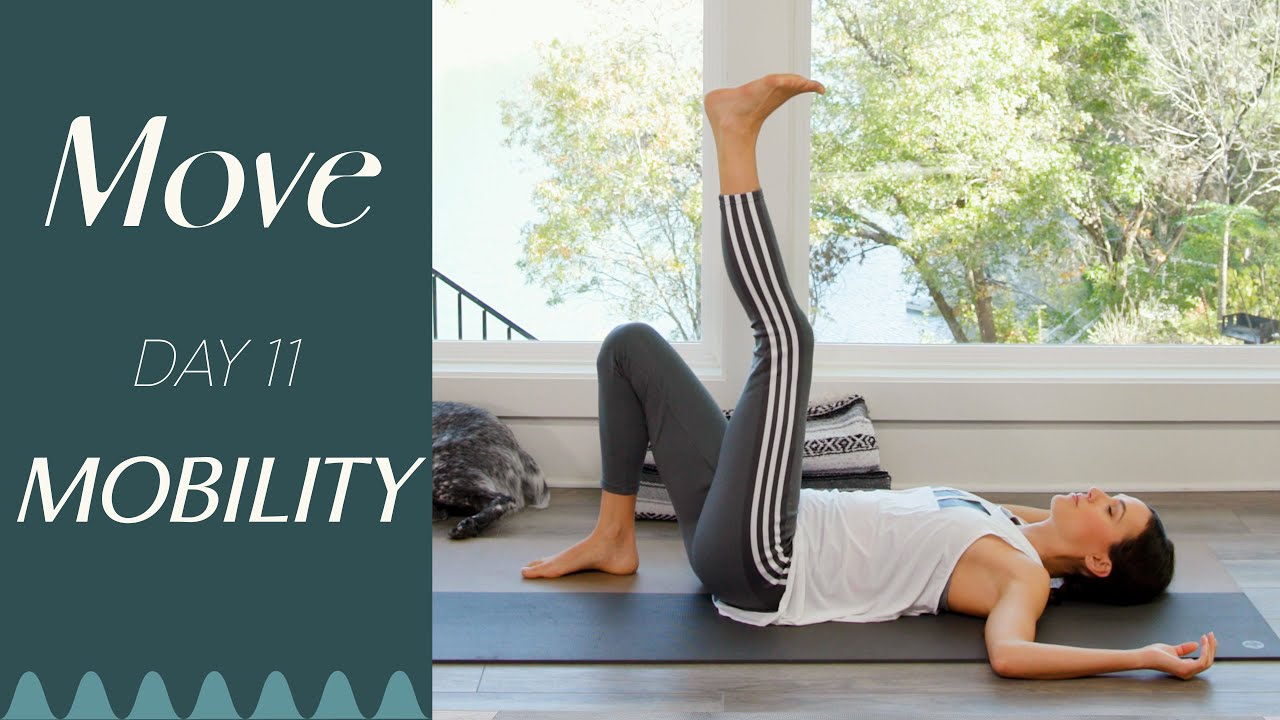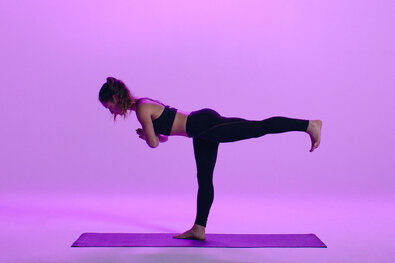
Eye yoga begins with a deep relaxation of the eyes. This exercise is extremely effective in relieving headaches. You need to be completely relaxed before practicing this exercise. For about ten seconds, place your palms on the back of your eyes. This cycle can be repeated for as long you want. You can do this exercise several times per day. However, you might want to do it more often. To ensure your best eye health, you should practice eye yoga daily.
Focusing your attention is an important part of eye yoga. You'll learn to shift your focus between nearby and distant focal points during this exercise. This will help your eyes to learn how focus is maintained. Take a deep breath, take a step back, and point your thumb at your nose. This process can be repeated 10 times per day. This exercise will aid your eyes in adapting to changes in the light. This exercise will help you to adjust your gaze and aid in spiritual insight.

You will notice a change in your vision during this exercise. The dizziness should eventually disappear. As you do the eye-yoga exercises, you'll notice a wide range in your eye movement. This will make your eyes more flexible, stronger, and more flexible. These techniques will help improve your posture, balance and attention. This will have a major impact on your overall health. The following are some other eye yoga exercises.
Palming is another method for eye yoga. It involves relaxing the eyelids by rubbing them. Tibetan yogis invented this technique. The hands are placed over the eyes with the palms of your hands. The sensation of flickering lights is a sign that your optic nerve is too stressed. The flickering light will fade away if your palms are removed. You should continue this exercise until the sensation is gone.
Palming is the second type of eye yoga. The palms of your hands should rest over the left eye, and the fingers on your forehead should rest on your cheekbones. You can also use the palming exercise to reduce discomfort from excessive screen time. You should remove your lenses before doing the exercise to avoid damaging them. Once your lenses have been removed, you may perform the thumb raising exercise. While you are focusing on the thumb, you can also squint.

Palming is another form of eye yoga. While performing this exercise, the Tibetans held their eyes in their hands. Palming has a direct impact on the muscles of your eye. You should practice this technique several times daily for the best results. These exercises should be done several times per day. You can also practice the exercises throughout the day if you don’t have time in the morning.
FAQ
How can my blood pressure be controlled?
The first thing you need to do is find out what causes high blood pressure. Next, you will need to determine what is causing high blood pressure. This could mean eating less salt, losing some weight, taking medication, and so on.
It is important to ensure that you get enough exercise. Walking is a great alternative if you don't have the time or energy to exercise regularly.
A gym membership is a good idea if you don't like how much exercise your doing. You will likely want to join an exercise group that shares your goals. It is easier to adhere to a fitness routine when someone else will be there with you.
Does being cold give you a weak immune system?
Cold causes a decrease in immune system strength. This is because white blood cells are less effective at fighting infection. You will feel less pain if you are cold.
Do I have to count calories?
You might wonder, "What's the best diet for me?" or "is counting calories necessary?" It depends on many factors such as your current health, personal goals, preferences, and overall lifestyle.
The Best Diet For Me - Which One Is Right For You?
The best diet for me depends on my current health status, my personal goals, my preferences, and my overall lifestyle. There are many diets available, some good and others not so good. Some diets work for some people, while others are not. So what do I do? How can I make the right choice?
These are the main questions addressed by this article. The article starts by introducing the many types of diets currently available. Next, we'll discuss the pros and cons for each type of diet. We'll then discuss how to choose which one is best for you.
Let's start by taking a look at the various types of diets.
Diet Types
There are three main types. Low fat, high proteins, and ketogenic. Let's briefly discuss them below.
Low Fat Diets
A low-fat diet restricts fat intake. This is achieved by reducing saturated fats like butter, cream cheese, and other dairy products. You can replace them with unsaturated oils (olive oil and avocados) Low fat diets are often recommended to those who wish to lose weight quickly. However, this kind of diet may cause problems such as constipation, heartburn, and indigestion. A person may also experience vitamin deficiencies if they don't get enough vitamins.
High Protein Diets
High protein diets restrict carbohydrates in favor of proteins. These diets typically have more protein than other diets. These diets are intended to increase muscle mass and reduce calories. The downside is that they may not provide adequate nutrition for someone who needs to eat regularly. They are also very restrictive, so they might not be appropriate for everyone.
Ketogenic Diets
Also known as keto diets, ketogenic diets are also called keto diets. They are high on fat but low in carbs and proteins. Athletes and bodybuilders use them because they allow them more time and harder training without feeling fatigued. However, they must be used with caution to avoid nausea, headaches and fatigue.
Statistics
- According to the 2020 Dietary Guidelines for Americans, a balanced diet high in fruits and vegetables, lean protein, low-fat dairy and whole grains is needed for optimal energy. (mayoclinichealthsystem.org)
- WHO recommends reducing saturated fats to less than 10% of total energy intake; reducing trans-fats to less than 1% of total energy intake; and replacing both saturated fats and trans-fats to unsaturated fats. (who.int)
- In both adults and children, the intake of free sugars should be reduced to less than 10% of total energy intake. (who.int)
- This article received 11 testimonials and 86% of readers who voted found it helpful, earning it our reader-approved status. (wikihow.com)
External Links
How To
27 Steps for a healthy lifestyle even if your family buys junk food
It is easy to eat healthy when you cook at home. But, it can be hard to make healthy meals because many people don't know how. This article will help you make healthier choices while dining out.
-
Look for restaurants that offer healthy choices.
-
Before ordering meat dishes, order salads and other vegetables.
-
Ask for sauces that aren't sweetened.
-
Avoid fried food.
-
Grilled meats are better than fried.
-
Don't order dessert unless your really need it.
-
It is important to have something more after dinner.
-
Take your time and chew slowly.
-
Drink plenty of water while eating.
-
Breakfast and lunch should not be skipped.
-
Include fruit and vegetables with every meal.
-
Consider drinking milk instead of soda.
-
Try to avoid sugary drinks.
-
Limit salt in your diet
-
Try to limit the time you go to fast food places.
-
Ask someone to join if temptation is too much.
-
Don't let your children watch too much TV.
-
When you are eating, keep the television off.
-
Do not drink energy drinks.
-
Take frequent breaks from your job.
-
Get up earlier in the morning to exercise.
-
Do some exercise every day.
-
Start small and then build up slowly.
-
Set realistic goals.
-
Be patient.
-
Exercise even if it's not your favorite thing to do.
-
Use positive thinking.